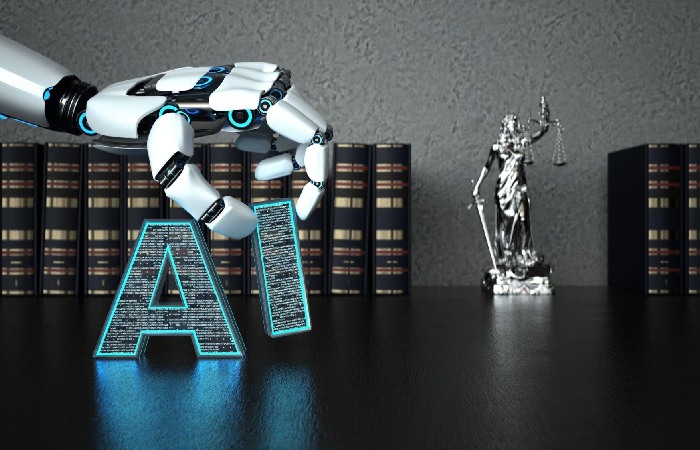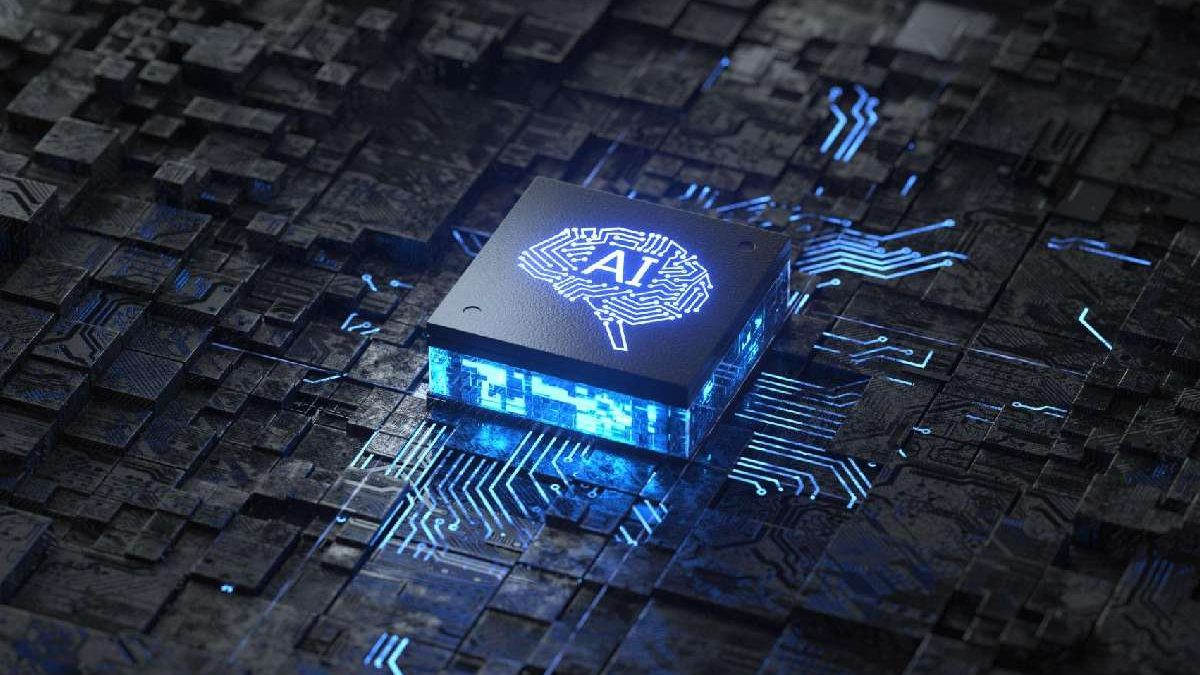Artificial intelligence left the specter of science fiction long ago to sneak into our lives. Although it is still in a very early stage, it is called to star in a revolution comparable to the one generated by the Internet. Its applications in multiple sectors, such as health, finance, transport, and education, have caused the European Union to develop its own Robotics Laws.
Table of Contents
Why is Artificial Intelligence Important?
Some intelligent technologies have been around for over 50 years. Still, advances in computing power, the availability of vast amounts of data, and new algorithms have enabled AI breakthroughs in recent years. Artificial intelligence has a central role in the digital transformation of society and has become an EU priority. Its future requests are expected to bring about significant changes, but AI is already present in our lives.
Types of Artificial Intelligence
Computer discipline experts Stuart Russell and Peter Nerving distinguish several types of artificial intelligence:
- Systems that think like humans:
They automate activities such as decision-making, problem-solving, and learning. An instance is artificial neural networks.
- Systems that act like humans:
These are computers that achieve tasks in a similar way to how people do them. It is the case with robots.
- Systems that reason:
They try to emulate the rational, logical rationale of humans. They investigate how to make machines perceive, reason and act accordingly. Expert systems fall into this group.
- Systems that act rationally:
Ideally, they are those that try to imitate human behavior, such as intelligent agents rationally.
The Benefits and Challenges of Artificial Intelligence
Numerous success stories prove the value of AI. Organizations incorporating machine learning and cognitive interactions into traditional applications and business processes improve user experience and productivity. However, the foundation is not strong enough. Few companies have implemented AI in a balanced way for various reasons. For example, AI projects are often computationally expensive if they don’t use cloud computing.
Practical Application of Artificial Intelligence
AI is present in mobile facial detection, in virtual voice assistants such as Apple’s Siri, Amazon’s Alexa or Microsoft’s Cortana and is integrated into our everyday devices through bots (short for robots) or mobile applications such as Lyle External link, which opens in a new window., a personal shopper in a digital version; talk External link, opens in a new window., intended to help us with language learning; Ems External link opens in a new window., designed to make the arduous task of finding a new flat a little more bearable; or Giant External link, opens in a new window., a Facebook virtual assistant that issues medical ‘diagnoses’. The goal of all of them: is to make people’s lives easier.
Main Application of Artificial Intelligence
This vertiginous irruption of AI and robotics in our society has led international organizations to consider the need to create regulations to regulate their use and employment and thus avoid possible problems that may arise in the future.
The robots must have an emergency switch to avoid any dangerous state. They will not be able to harm humanoid beings. Robotics is expressly designed to help and protect people. Emotional relationships cannot be generated.
It will be mandatory to take out insurance for larger machines. In the event of any material damage, the owners will bear the costs. Your rights and obligations will be legally classified.
The machines will be taxed to social security. Their entry into the labor market will influence the workforce of many companies. And also, The robots will have to pay taxes to subsidize the aid of the unemployed.
Artificial Intelligence of Terminology
AI has become an umbrella term for applications that perform complex tasks that previously required human input, such as communicating with customers online or playing chess. And also, Time is often used interchangeably with its subfields, which include machine learning and deep learning. However, there are specific differences. For example, machine learning focuses on creating systems that learn or improve their performance based on the data they consume. And also, It is important to note that while all machine learning is AI, not all AI is machine learning.
How AI can Help Organizations
The fundamental principle of AI is to replicate and then exceed how humans perceive and react to the world. It is fast becoming the keystone of innovation. AI, powered by various forms of machine learning that recognize patterns in data to enable predictions, can add value to your business by:
- Provide a complete understanding of the wealth of data available
- Relying on predictions to automate overly complex or mundane tasks.
5 Common Myths About Enterprise of Artificial Intelligence
While many companies have successfully accepted AI technology, there is also a lot of misinformation circulating about AI and what it can and cannot do. Here, we travel five common myths about AI:
Myth 1: Enterprise AI requires a build-your-own approach.
Reality: Most companies adopt AI by combining in-house solutions with off-the-shelf solutions. Developing AI in-house allows companies to adapt to unique business needs. And also, Prebuilt AI solutions will enable you to streamline your deployment with an out-of-the-box solution that addresses the most common business problems.
Myth 2: AI immediately delivers magical results.
Reality: It takes time to be successful on the AI journey, along with a clear idea of what you want to achieve. A strategic framework and iterative approach are needed to avoid providing a random set of disconnected AI solutions.
Myth 3: People don’t need to run enterprise AI.
Reality: In enterprise AI, robots don’t take care of everything. The value of artificial intelligence is that it augments human capabilities and offloads employees to perform the most strategic tasks. Furthermore, AI depends on people providing the correct data and working with it in the right way.
Myth 4: The more data, the better.
Reality: Enterprise AI needs intelligent data. And also, Your data wants to be high-quality, up-to-date, relevant, and enriched to get AI’s most meaningful business insights.
Myth 5: Enterprise AI only needs data and models to be successful.
Reality: Data, algorithms, and models are a starting point, but an AI solution must be scalable to meet changing business needs. And also, To date, data scientists have created most enterprise AI solutions manually. These solutions require extensive manual configuration and maintenance and do not scale. And also, To successfully implement AI projects, you need AI solutions that scale to meet new requirements as AI development progresses.
Creating the Right Culture of Artificial Intelligence
Getting the most out of AI and avoiding the pitfalls that hold back successful implementations means implementing a team culture that fully supports the AI ecosystem. And also, In this type of environment:
- Business analysts work with data scientists to define problems and goals
- Data engineers manage the data and the underlying data platform to make it fully operational for analytics
- Data scientists prepare, explore, visualize, and model data on a data science platform
- IT architects manage the underlying infrastructure needed to support data science in a balanced way, whether on-premises or in the cloud
- Application developers implement models in applications to design data-driven products.
Conclusion
Artificial intelligence or AI (Artificial Intelligence, or AI in English) is the simulation of human intelligence processes by machines, especially computer systems. And also, These processes include learning (acquiring information and rules for using the data), reasoning (using the rules to reach approximate or definitive conclusions), and self-correction. And also, Particular applications of AI include expert systems, speech recognition, and machine vision.

